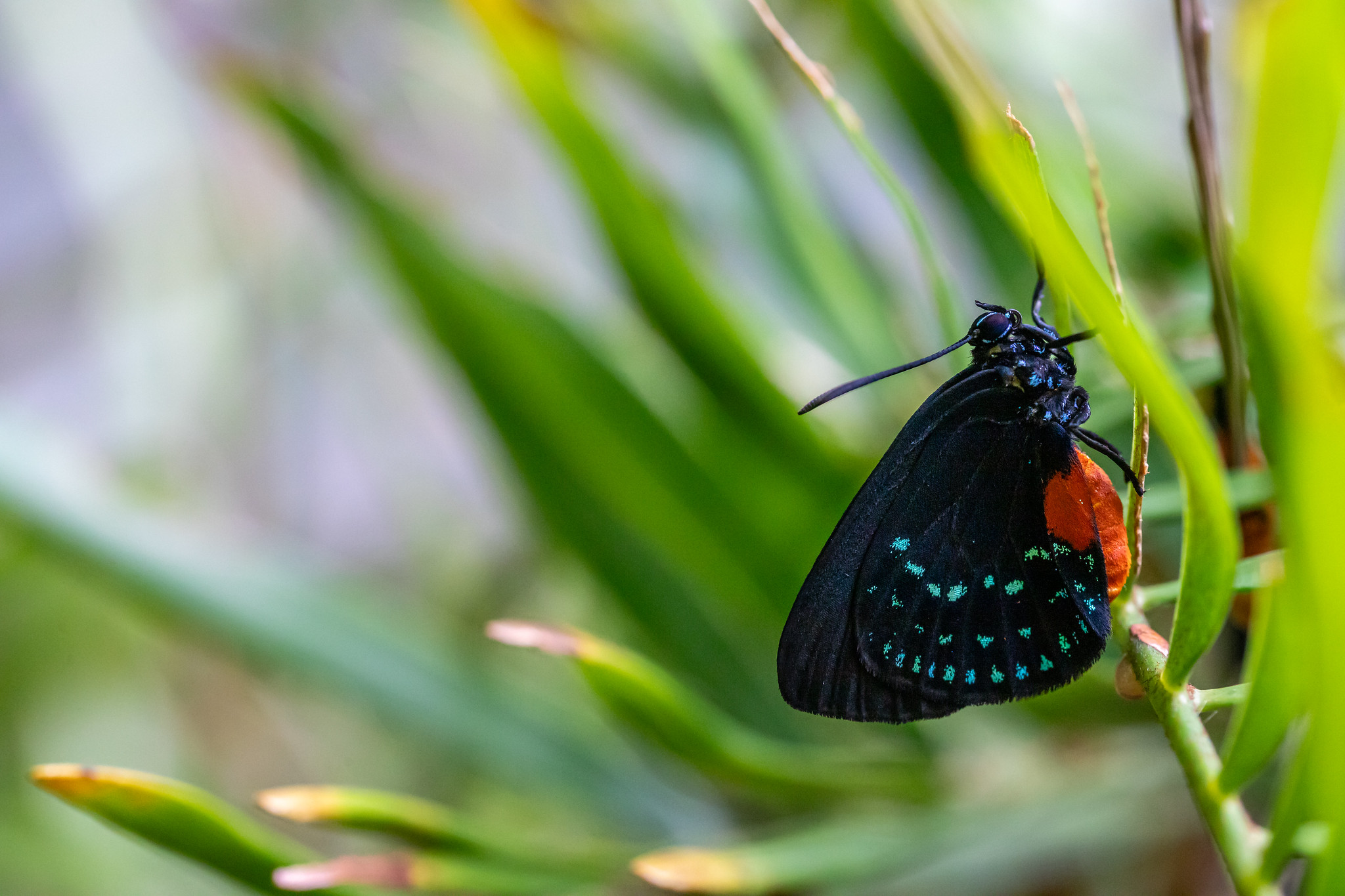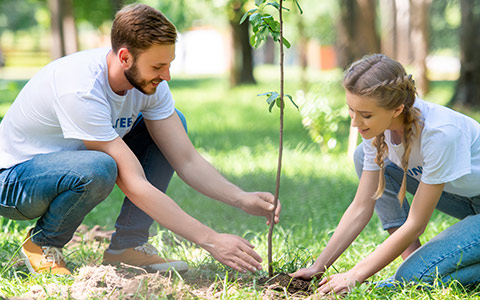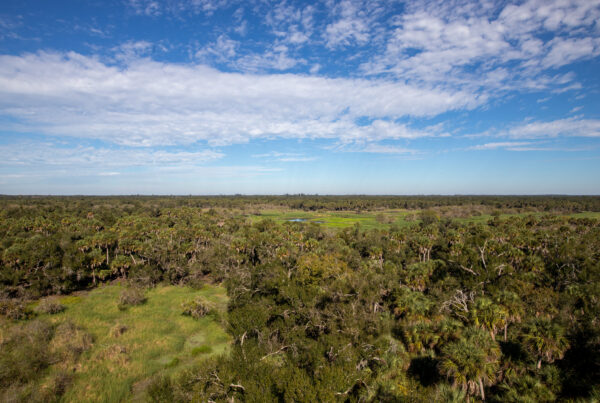Earth Day 2025
On April 22, the U.S. will celebrate Earth Day, and this year’s theme is “Our Power, Our Planet”, highlighting the critical importance of renewable energy. While April 22 is the official Earth Day in the U.S., events are often held throughout the month—and in some countries, Earth Day is celebrated around the spring equinox, which fell on March 20 this year.
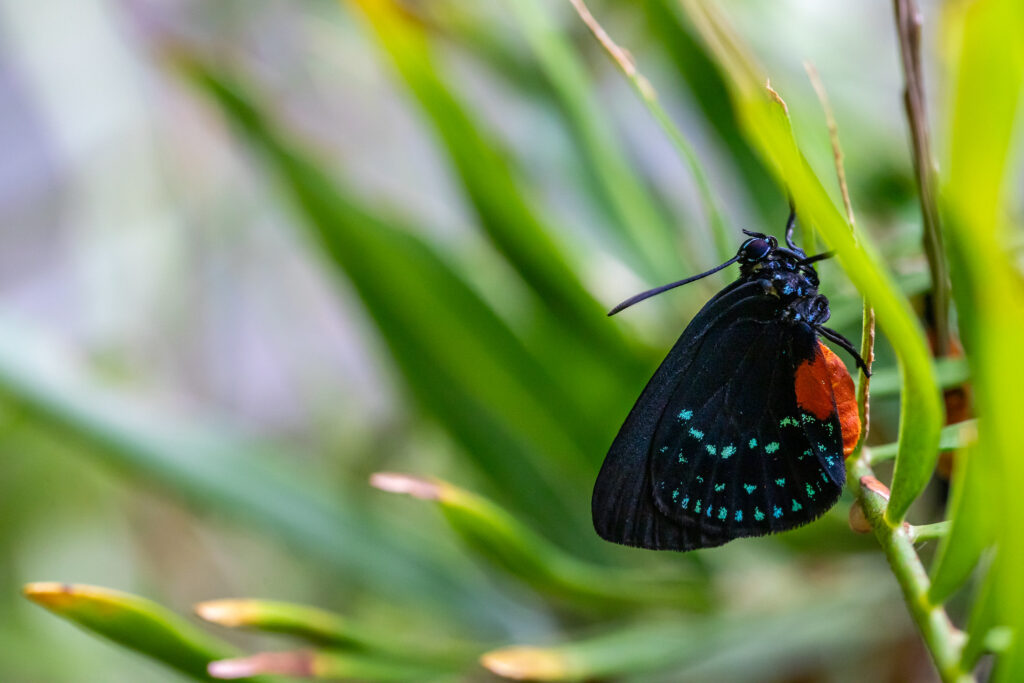
Atala butterfly on Coontie by Federico Acevedo
There are plenty of ways to make a difference for our planet—on Earth Day and every day. You can attend a local event or plan one for your neighborhood, school, or community. Now more than ever, we need all our voices and efforts to help fight climate change, increase biodiversity and conserve our beloved natural world.
History of Earth Day
On April 22, 1970, Senator Gaylord Nelson and his staff in Wisconsin launched the first Earth Day, designed to consist of environmental education events on college campuses.
Success was far greater than imagined as millions of people joined in events at colleges, primary and secondary schools, and in communities to show their deep concern about threats to the environment.
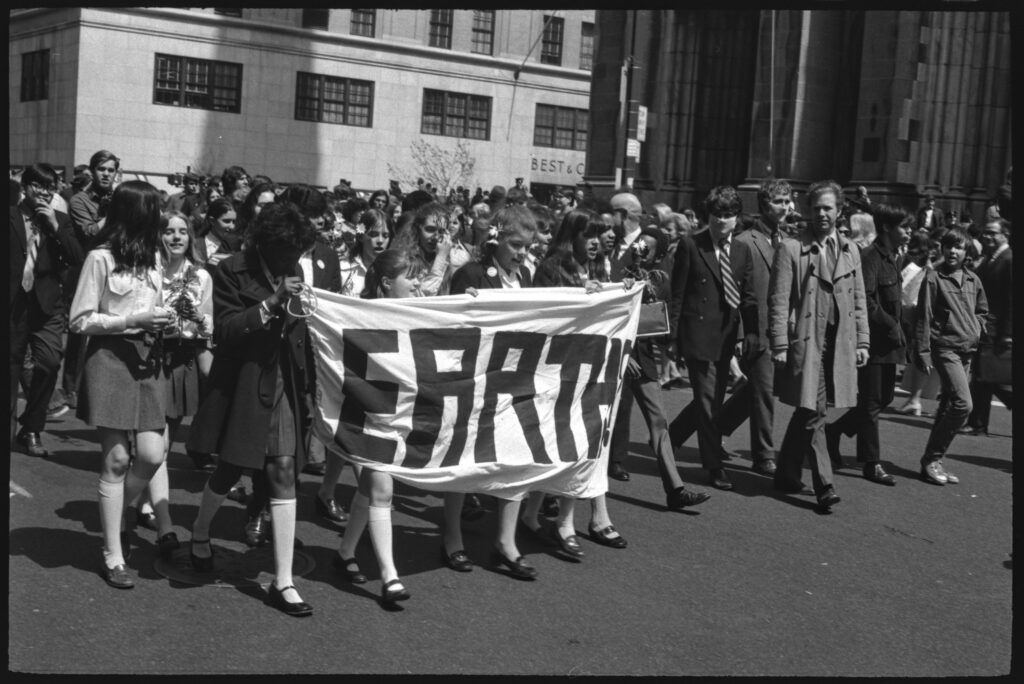
New York Police Department photograph collection. NYC Municipal Archives.
Later that year the EPA was created by Congress. The months and years following the first Earth Day saw the passage of an incredible host of environmental legislation, including the Clean Air Act, the Clean Water Act, the Endangered Species Act, the Occupational Health and Safety Act, and several other significant protections.
Why Gardens?
So how are we doing 55 years later? Undoubtedly, we are facing vast environmental challenges. In the face of these challenges, many people want to do something positive to make a difference.
Gardens can be a great place to start!
Cities and suburbs have replaced so much wildlife habitat. This habitat loss is a primary reason for the decrease in abundance and biodiversity of wildlife that ecosystems and our lives depend on.

Lawns that are mostly turf grass don’t support a variety of species. Few species eat grass, wildlife lack shelter without shrubs or trees, and lawn chemicals can harm or kill the beneficial wildlife we’re trying to support.
So what can we do? We can begin by planting native plants for butterflies and birds in gardens, on patios, or in yards. We can transform small sections of lawn to make room for native plants and groundcovers. We can stop using chemicals.

American robin in a mulberry tree. Photo by Jim N.
Wildlife gardening by using mostly native plants to provide food, water, shelter and a place to raise young, and adopting sustainable gardening practices can be a game-changer.
Certify Your Yard
Studies of gardens certified through the National Wildlife Federation’s Certified Wildlife Habitat® program show that wildlife-friendly gardening practices support greater abundance and diversity. Initial findings suggest that when done on a broad scale, these gardens can help boost biodiversity and strengthen ecosystem resilience.
By certifying your yard, you’ll join a growing network of wildlife-friendly spaces across Florida. Once certified through the National Wildlife Federation, you can make a donation to order your exclusive Florida Wildlife Habitat sign through FWF.

With a donation of $30 or more, you’ll receive a colorful, weatherproof sign to proudly display in your garden—while directly supporting habitat restoration and wildlife.
This Earth Day, let’s remember that meaningful change often starts right outside our doors. By transforming our yards, patios, and community spaces into thriving habitats, we become part of a larger movement to restore the balance between people and nature. Whether you’re planting your first native milkweed or certifying a full garden, every action adds up. Together, we can harness “Our Power, Our Planet” to create a more resilient, biodiverse future—for Florida and beyond.


